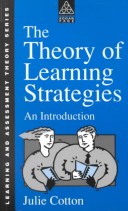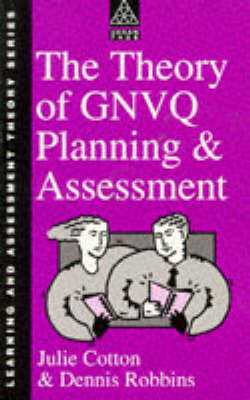Theory of Training & Assessment S.
4 total works
This book provides clear information at an introductory level on the learning theories and models most commonly referred to. An understanding of some learning theory is essential for effective teaching and training. The author explains, in straightforward terms, the most useful parts of theories from many different fields of knowledge, including psychology, philosophy, linguistics and information technology. Useful tips and ideas are offered from a wide range of schools of thought.
This text covers the theory of all strategies of teaching, training, lecturing, instructing, and learning, from the formal exposition to independent student-centred learning and teaching strategies. The book includes case studies and real life examples of different learning and teaching strategies, makes use of reader activities and "stop and reflect" checklists, and offers practical advice. Among the topics discussed are classroom teaching and instructing, project work, student-centred learning, open learning and group learning.
This study aims to provide teachers and lecturers with an understanding of the many influences which affect individual learners. Drawing on a range of theories, the author offers guidance to help teachers spot and overcome different obstacles to learning.
The Theory of GNVQ Planning and Assessment
by Julie Cotton and Dennis Robbins
Published 1 August 1996
Each book is specially designed to provide the level of knowledge and understanding required of trainers, instructors and educators working towards levels 3 and 4 of the Training and Development Lead Body (TDLB), National Vocational Qualifications (NVQs).Drawing on the author's many years of teaching experience, each book in the series:
-- is written in a down-to-earth, accessible style
-- makes full use of chapter summaries, figures, illustrations and checklists, and
-- includes a number of activities for readers to work through.
-- is written in a down-to-earth, accessible style
-- makes full use of chapter summaries, figures, illustrations and checklists, and
-- includes a number of activities for readers to work through.



